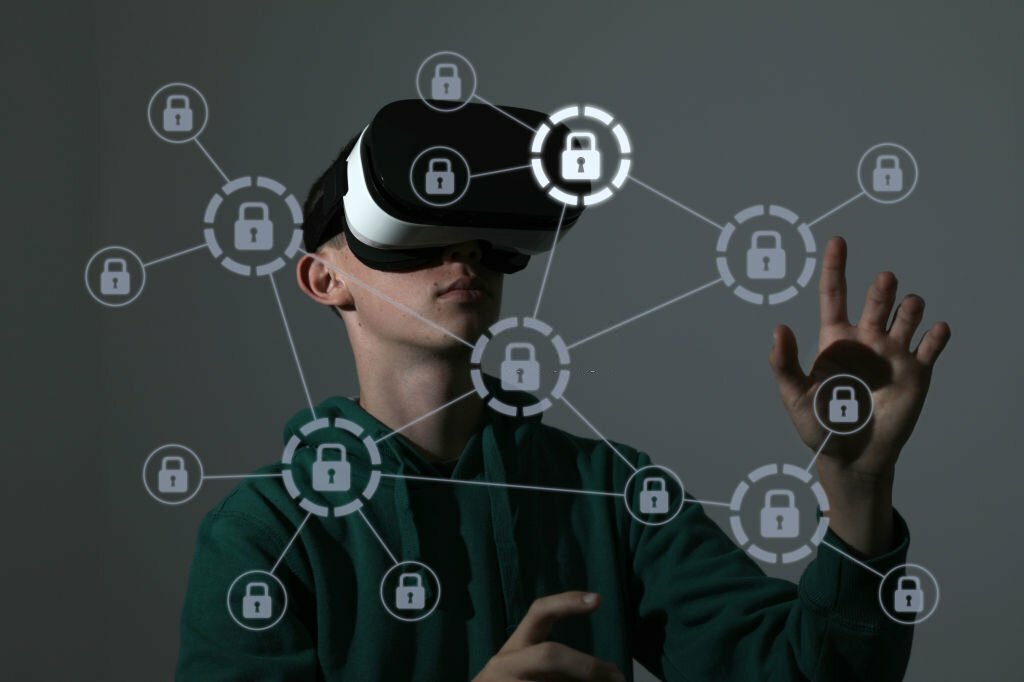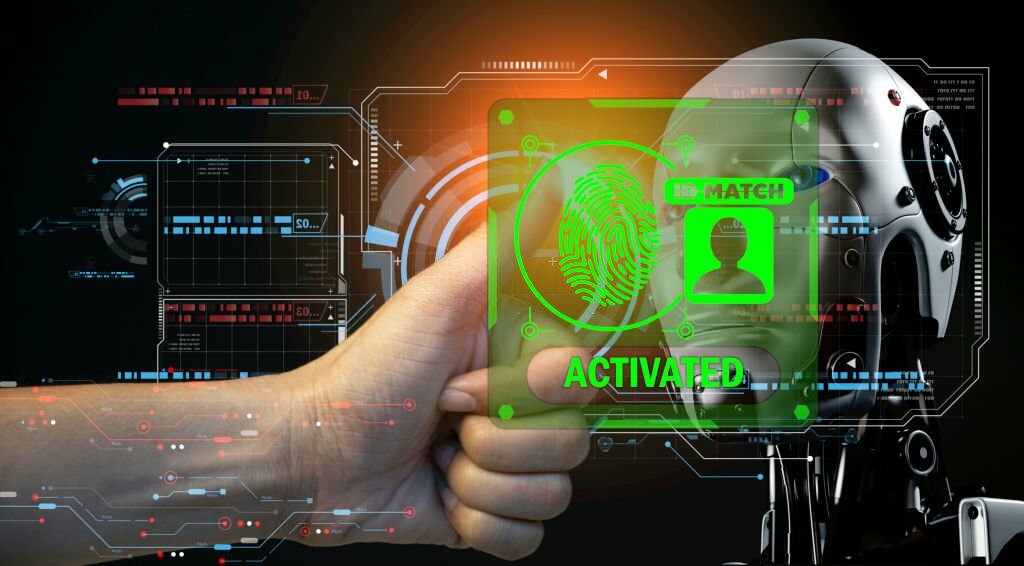
The Rise of Facial Recognition Software
Facial recognition software has emerged as a cutting-edge technology with the potential to revolutionize various aspects of our lives. This sophisticated system utilizes biometric data to identify and verify individuals based on their facial features. The application of facial recognition spans a wide range of sectors, from security and law enforcement to consumer electronics and personal devices.
1.1 Technological Advancements
The development of facial recognition software has been fueled by significant technological advancements in image processing, artificial intelligence, and machine learning. Deep learning algorithms play a pivotal role in enabling these systems to analyze and interpret complex facial patterns, making them more accurate and efficient over time.
1.2 Applications in Security
One of the primary applications of facial recognition is in the realm of security. Governments, businesses, and law enforcement agencies worldwide have adopted this technology to enhance public safety, identify criminals, and prevent potential threats. Airports, border crossings, and public events often deploy facial recognition systems to bolster security measures.
The PRC’s Pioneering Role in Facial Recognition

2.1 China’s Technological Ambitions
The People’s Republic of China (PRC) has emerged as a global leader in the development and implementation of facial recognition technology. Backed by a robust infrastructure and ambitious technological goals, China has made significant strides in advancing this field, often surpassing other nations in terms of both innovation and deployment.
2.2 Ubiquitous Surveillance in China
China’s extensive use of facial recognition is particularly evident in its widespread surveillance systems. Cities across the country are equipped with a vast network of cameras capable of identifying and tracking individuals in real-time. This surveillance infrastructure has been employed for various purposes, including public safety, crime prevention, and even monitoring social behavior.
2.3 Integration with Social Credit System
Facial recognition technology in China is not limited to security applications; it is intricately tied to the country’s social credit system. This system assigns scores to individuals based on their behavior, financial transactions, and social interactions. Facial recognition is instrumental in monitoring and enforcing compliance with the social credit system, raising concerns about privacy and personal freedoms.
Ethical Dilemmas Surrounding Facial Recognition

While facial recognition software offers undeniable benefits in terms of security and efficiency, its widespread adoption has sparked ethical concerns and debates on privacy, surveillance, and human rights.
1.1 Invasion of Privacy
The omnipresence of facial recognition systems raises significant privacy concerns. Individuals may be unaware that they are being monitored, leading to a potential violation of their right to privacy. The collection and storage of biometric data without explicit consent pose ethical challenges, as this information can be vulnerable to misuse or unauthorized access.
1.2 Bias and Discrimination
Facial recognition algorithms are not immune to bias, and their accuracy can be influenced by factors such as race, gender, and age. Studies have shown that these systems may exhibit higher error rates when identifying individuals from certain demographic groups, raising concerns about fairness and potential discrimination. This bias could have far-reaching consequences, especially in law enforcement and criminal justice applications.
1.3 Lack of Regulation
The rapid development and deployment of facial recognition technology have outpaced the implementation of comprehensive regulations. The absence of clear guidelines and standards raises the risk of misuse, leading to unintended consequences. Governments and organizations are grappling with the challenge of striking a balance between the benefits of facial recognition and safeguarding individual rights.
International Responses and Regulatory Frameworks

2.1 Global Perspectives on Facial Recognition
Concerns about the ethical implications of facial recognition have prompted various countries to reassess their stance on the technology. Some nations have imposed temporary bans or stringent regulations on its use, while others have embraced it with caution. The international community is actively engaged in discussions aimed at establishing ethical guidelines and standards to govern the development and deployment of facial recognition systems.
2.2 The Role of Legislation
Legislation plays a crucial role in shaping the ethical landscape of facial recognition technology. Some jurisdictions have introduced laws that mandate transparency in the use of facial recognition, require explicit consent for data collection and address concerns related to bias and discrimination. Striking a balance between innovation and protection of individual rights remains a complex challenge for lawmakers globally.
2.3 Collaborative Efforts and Industry Standards
In response to the ethical challenges posed by facial recognition, there is a growing emphasis on collaborative efforts between governments, industry stakeholders, and advocacy groups. The development of industry standards and best practices is seen as a proactive measure to ensure that facial recognition technology is deployed responsibly and ethically.
Conclusion
Facial recognition software stands at the intersection of technological innovation and ethical dilemmas. While its potential to enhance security and efficiency is undeniable, the ethical concerns surrounding privacy, bias, and regulation cannot be ignored. The People’s Republic of China’s prominent role in the development and deployment of facial recognition technology highlights the global impact of this issue. As the international community grapples with finding the right balance, it is imperative to establish ethical frameworks that ensure the responsible use of facial recognition while safeguarding individual rights and privacy.